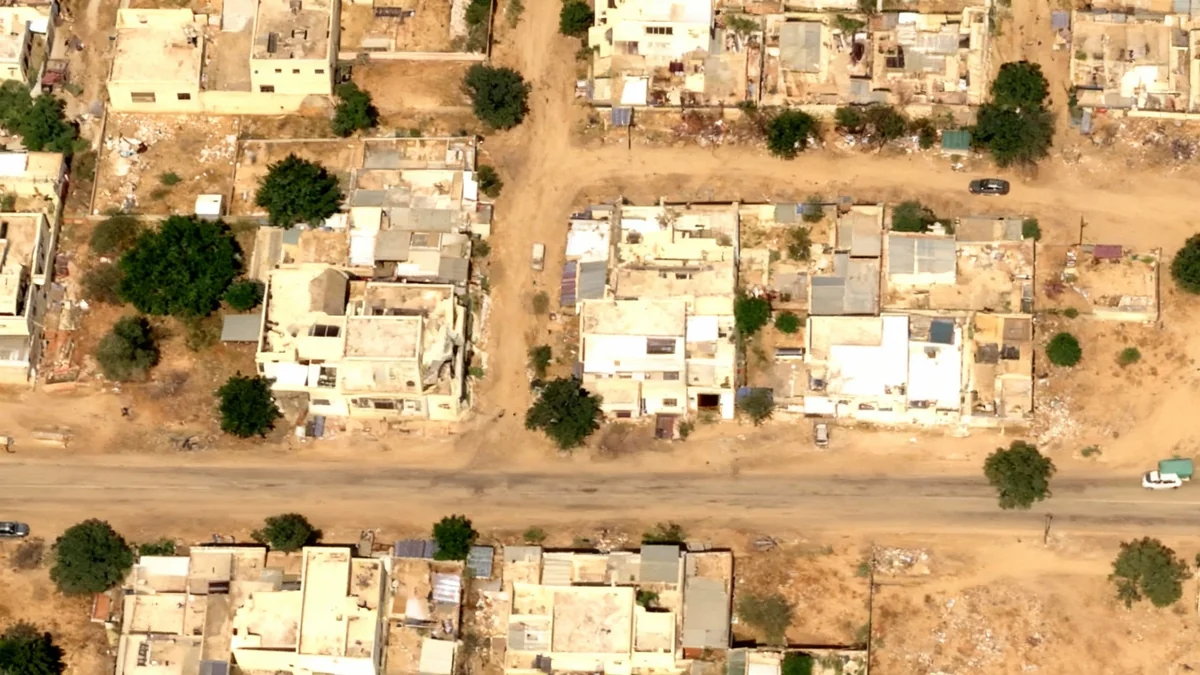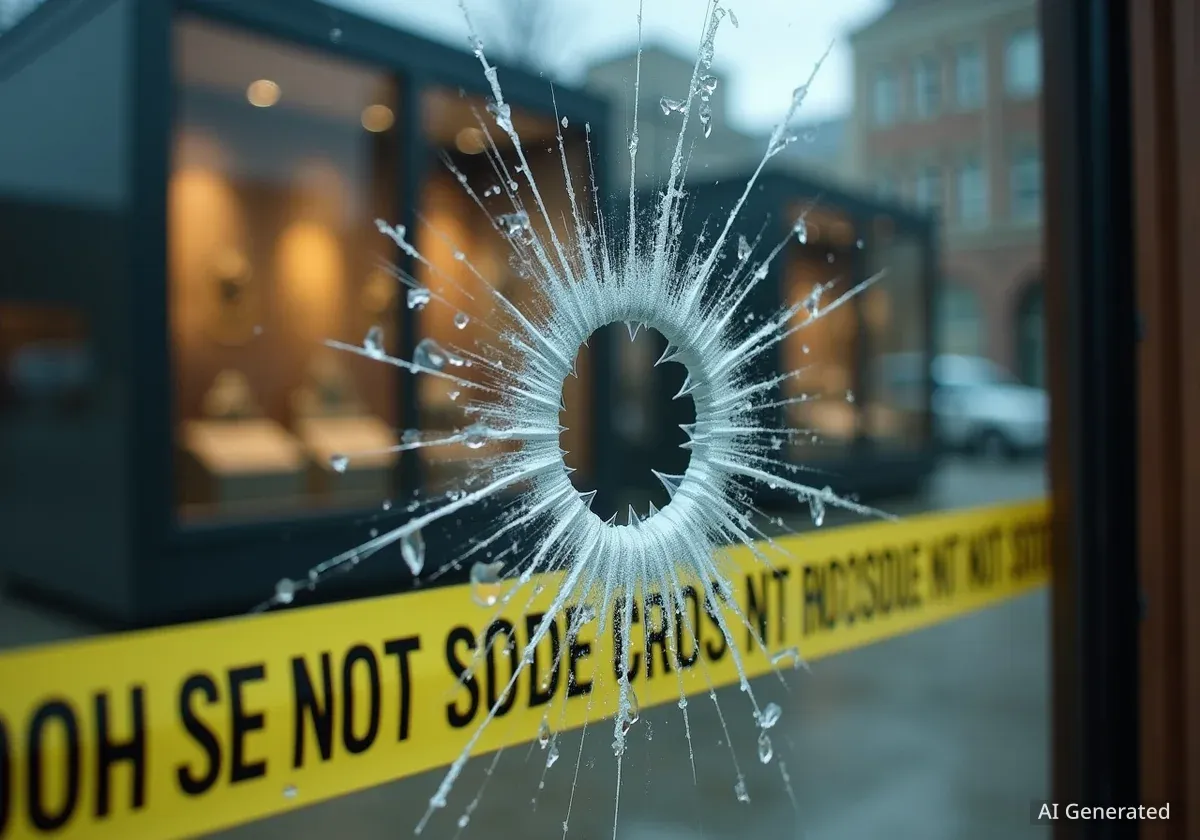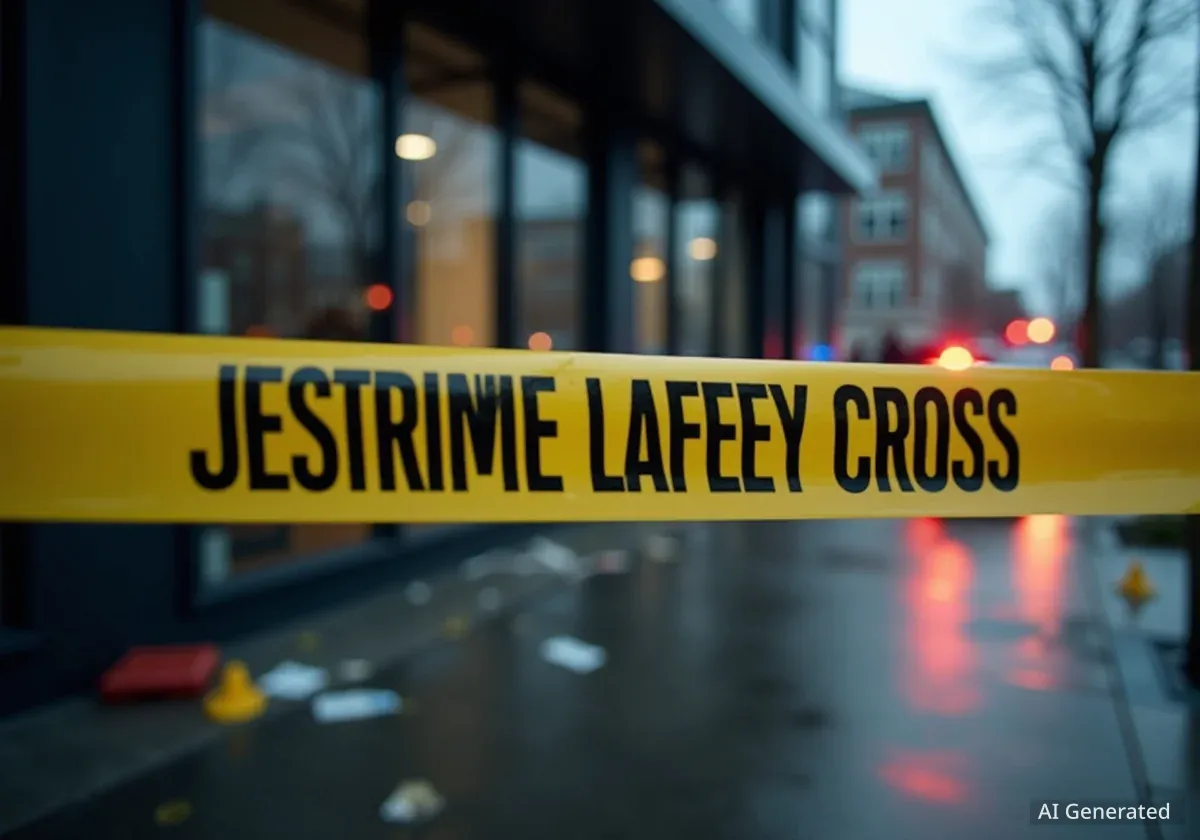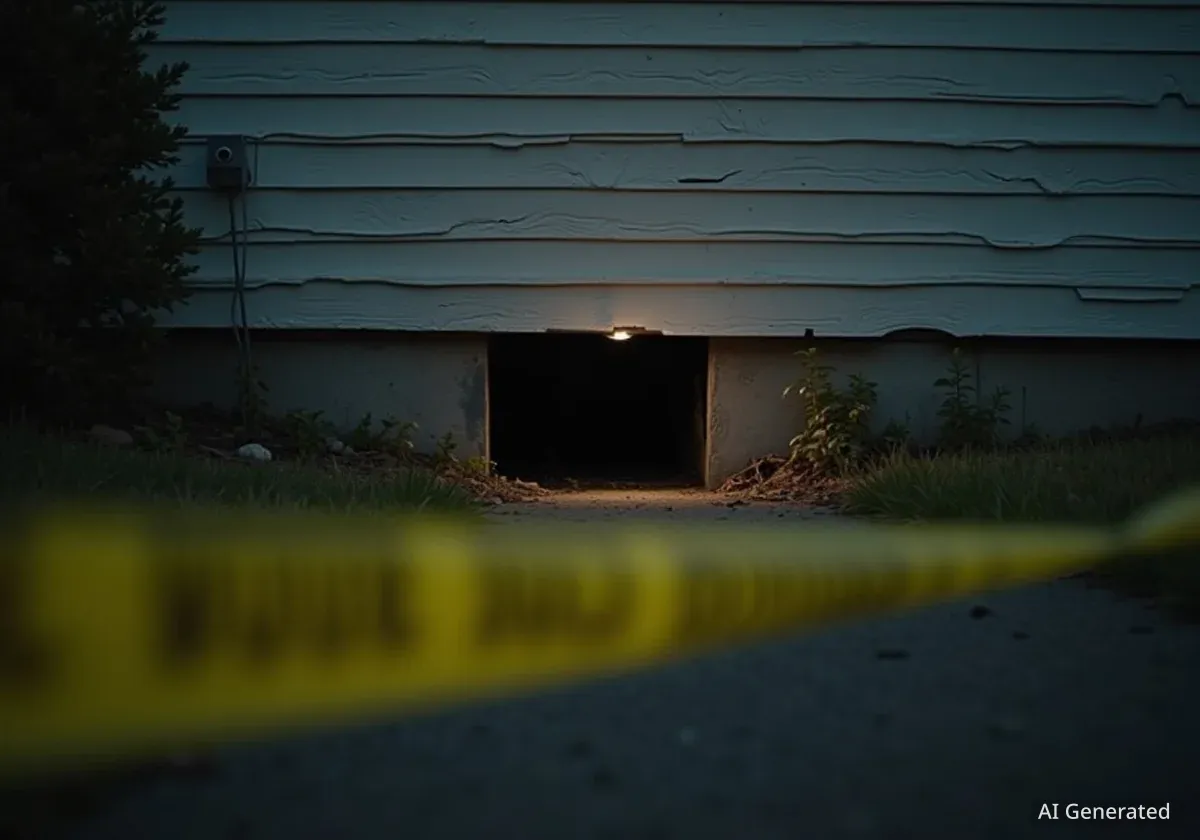High-resolution satellite imagery has revealed evidence of mass killings and atrocities in El-Fasher, the capital of North Darfur, following its recent capture by Sudan’s Rapid Support Forces (RSF). Analysis conducted by Yale University’s Humanitarian Research Lab shows what experts describe as pools of blood and human bodies visible from space, corroborating witness accounts of a brutal massacre of civilians.
The images provide a stark, overhead view of the violence that unfolded after an 18-month siege of the city, which was the last major stronghold for the Sudanese army in the Darfur region. Researchers and international observers are now warning of a deliberate campaign of ethnic cleansing against non-Arab groups in the area.
Key Takeaways
- Satellite imagery analyzed by Yale University shows evidence of mass killings in El-Fasher, Sudan.
- The images reveal what analysts identify as human bodies and large pools of blood in neighborhoods captured by the Rapid Support Forces (RSF).
- Witness reports allege that over 2,000 civilians, including women and children, were executed by RSF fighters.
- Researchers have described the findings as consistent with a systematic campaign of ethnic cleansing and war crimes.
Evidence from Orbit
The analysis, performed by the Yale Humanitarian Research Lab, centers on high-resolution satellite photos taken after the RSF overran El-Fasher. In neighborhoods like Al-Daraja, the images show clusters of human-sized objects lying on the ground. The surrounding sand is stained with large, dark red patches consistent with widespread bloodshed.
Researchers noted the presence of these clusters near vehicles identified as belonging to the RSF. The scale of the discoloration is significant, with some analysts stating the pools of blood are so extensive they are clearly visible from orbit. This remote evidence supports the harrowing reports that have emerged from the ground since the city fell.
Nathaniel Raymond, the Executive Director of the Yale lab, highlighted the severity of the situation. He noted that the level of violence documented in Darfur exceeds previous observations in the conflict. The lab's report concludes that the visual data aligns with witness testimony of mass executions and systematic targeting of civilians.
A City Under Siege
Before its capture, El-Fasher was a critical sanctuary. It was the last major city in the vast Darfur region not under RSF control and served as a refuge for more than 250,000 people fleeing violence and starvation from other areas. For months, the city endured a grueling siege marked by constant bombardment and dwindling supplies.
The Siege of El-Fasher
The battle for El-Fasher was a focal point in Sudan's ongoing civil war, which began in April 2023 between the Sudanese Armed Forces (SAF) and the paramilitary Rapid Support Forces (RSF). As the last SAF stronghold in Darfur, its fall gave the RSF near-total control over the region, which has a long history of ethnic conflict.
When RSF forces finally broke through the city's defenses, local defense groups that fought alongside the Sudanese army reported immediate and horrific atrocities. Accounts describe RSF fighters conducting house-to-house raids, summarily executing residents, and targeting those attempting to flee. Some reports, supported by verified video footage, show unarmed civilians being shot at point-blank range.
The satellite imagery further documents this mass exodus. The photos show large movements of people heading southward, away from the city, indicating a desperate flight from the violence. The paths of escape, however, were reportedly perilous, with many civilians allegedly killed as they tried to reach safety.
Accusations of Ethnic Cleansing
The events in El-Fasher have prompted strong accusations of war crimes and ethnic cleansing. The Yale Humanitarian Research Lab's report stated that the evidence is consistent with a "deliberate and systematic campaign of ethnic cleansing against Sudanese ethnic groups." The violence appears to specifically target non-Arab populations in Darfur, a pattern that echoes the genocide in the region two decades ago.
Over 2,000 civilians were reportedly executed in El-Fasher on October 26 and 27 alone, according to local defense groups. The victims were said to be mostly women, children, and the elderly who were unable to flee.
International organizations and human rights groups have long accused the RSF, which evolved from the Janjaweed militias, of committing atrocities. The graphic evidence from El-Fasher has intensified these claims.
"The world must act immediately to exert maximum pressure on the RSF and its backers to halt the killings," the Humanitarian Research Lab stated in its findings, emphasizing that the events constitute "war crimes and crimes against humanity."
The analysis also identified areas of newly disturbed ground, which could indicate the presence of mass graves. Combined with images of burnt structures and abandoned vehicles, the satellite data paints a picture of a city systematically purged and devastated.
An International Call to Action
The visual confirmation of the massacre has triggered widespread condemnation and calls for urgent international intervention. The United Nations, regional governments, and human rights organizations have urged the global community to take decisive action to protect civilians and hold the perpetrators accountable.
The challenge, however, remains immense. With the Sudanese army largely withdrawn from Darfur, there is little to prevent further violence. The RSF's control of the region is now almost complete, leaving vulnerable populations with few protections.
The satellite images from El-Fasher serve as a powerful and disturbing record of the human cost of Sudan's civil war. They transform abstract reports of violence into concrete, visible evidence of a tragedy unfolding on a massive scale. As analysts continue to review the data, the hope is that this undeniable proof will spur a global response before more lives are lost in a conflict that has already claimed tens of thousands and displaced millions.





